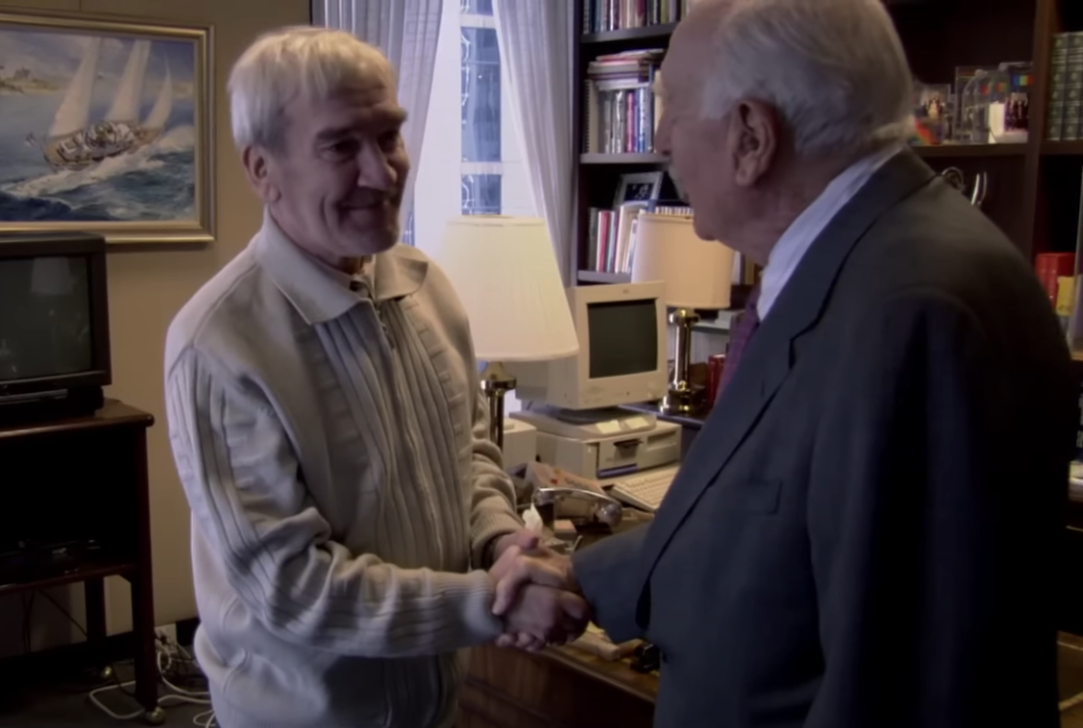In 1816, a volcanic eruption caused Europe to experience a ‘year without a summer’, causing widespread famine and an increase in food prices. Volcanic ash blocked some of the sun’s light from reaching the surface of the earth, reducing global temperatures by 0.4 – 0.7°C.
There is still a significant risk of such an event today, which a report from the Centre for Exploratory Altruism Research (CEARCH) suggests would cause 120 million deaths, although investment in resilient food sources and improving government preparedness are promising interventions that could reduce the death toll.
If we should be so unlucky to face cooling of 8°C or higher, we could be looking at 2 billion lives lost.
The report estimates the probability of an ‘abrupt sunlight reduction scenario’ causing global cooling of at least 1°C at around 20% over the next 100 years, with the majority of that risk coming from volcanic, rather than nuclear, winter. Whilst a major asteroid impact would also result in a global cooling catastrophe, we have already detected the majority of large asteroids in Earth’s vicinity, and none are headed towards us; hence the risk of an ‘impact winter’ was deemed too small to be included in CEARCH’s report.

Large volcanic eruptions on the scale of those seen in the early 19th century are believed to happen a ‘once or twice per millennium’, but more research is needed to fully understand the amount of sunlight they block.
Although mild cooling from nuclear winter is less likely than from volcanic winter, things begin to change when we consider more extreme cooling scenarios. Given the increased expected death toll in such cases, nuclear winter carries 28% of the annual expected burden, despite only making up 8% of the risk.
The lack of a large nuclear conflict in human history makes predicting the amount of soot released into the atmosphere from nuclear detonations (from which you can derive the expected global cooling) difficult. Using an estimated 100-year risk of nuclear war of roughly 9%, the report arrived at a 1.9% chance of nuclear winter per century. That figure increases to 6.8% with some ‘less sceptical’ nuclear winter assumptions.
Of course, the best way to prepare for a nuclear winter is simply to not blow each other up in the first place — a decision firmly in our hands.
What can governments do to prepare for abrupt sunlight reduction scenarios? Funding for resilient food source research and developing contingency plans are two promising avenues, which the report suggests could save thousands of lives.



